The Broughty Ferry Carnival was a week-long spectacle of fancy dress, music, parades, aeronautic displays, and more.
The 1920s festival was a beloved local tradition until its final run in 1936.
The University of Dundee has been researching the festival as part of its latest exhibition, Bacchanal – Le We Be Free.
The exhibition looks at Dundee’s carnival traditions and its connections to Caribbean carnivals and traditions.
The exhibition has been curated by researcher and artist Cat Dunn, a PhD candidate at Duncan of Jordanstone College of Art & Design.
She has partnered with the University’s Museum Services to complete the exhibition.
Why was the carnival such a success?
University curator Matthew Jarron tells us more.
“The Broughty Ferry carnival was a week-long festival,” he said.
“It featured fancy dress, music, parades, sporting and beauty contests, aeronautic and aquatic displays, a children’s treasure hunt and many other activities.”
The carnival was organised by the Carnival Committee who were members of Broughty Ferry Merchants’ Society.
Their aim was to use the festival to turn the Ferry into a popular seaside resort to rival the likes of Blackpool or St Andrews.
Popular tradition remains to this day
One of the carnival’s most successful events was its window-guessing competition.
Businesses across the Ferry took part in the competition and hid an item in their window displays for children and their families to find.
If they found all of the 92 items in the 92 shops, they would be rewarded with a prize of four pounds!
The Window Guessing Competition, which first started back in 1932, remains a fixture of Ferry life to this day and the rules are exactly the same.
The event is a hugely popular part of the modern-day Gala which takes place every summer and is organised by the Broughty Ferry Traders’ Association.
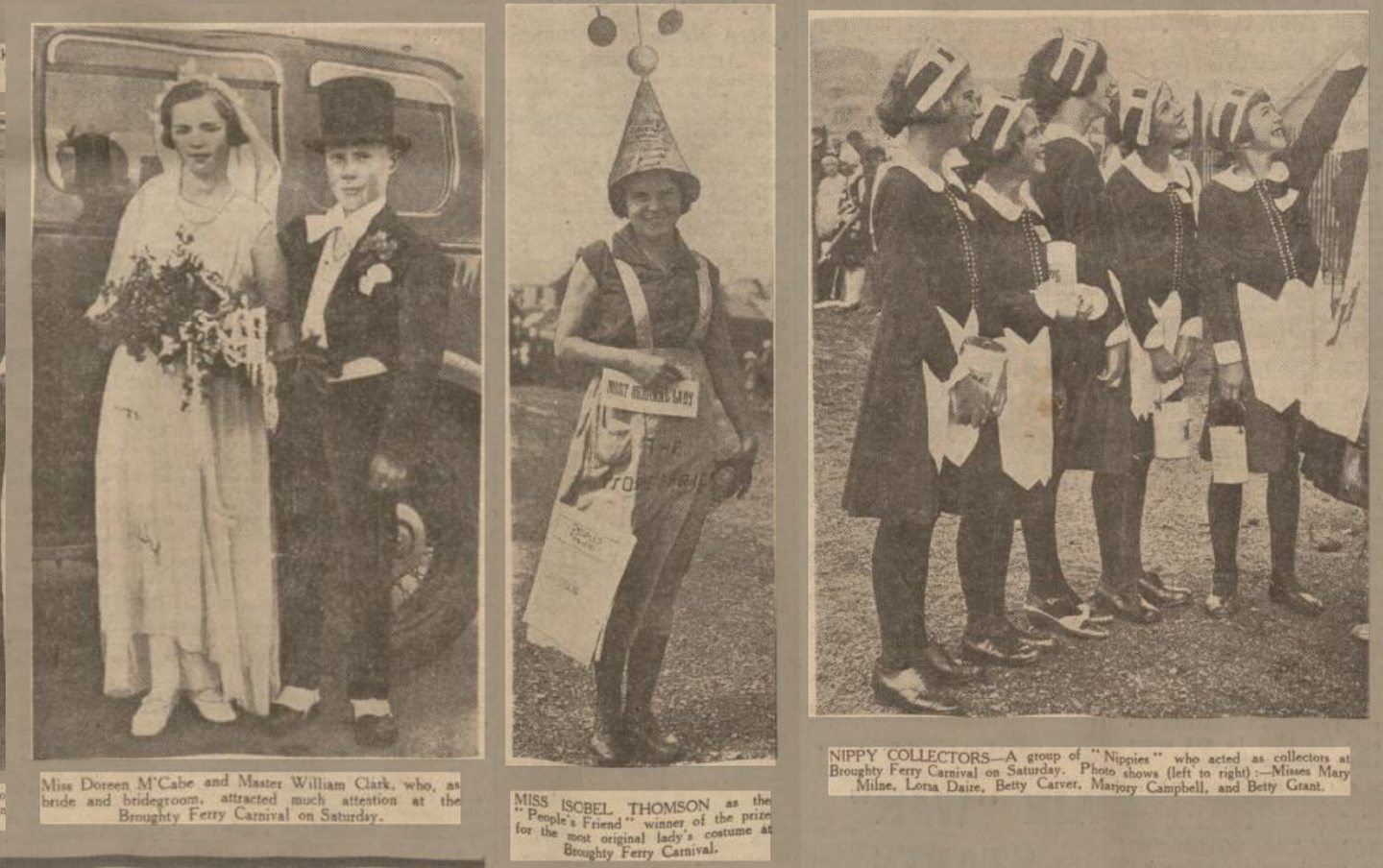
Some of the costumes at the carnival. Supplied by BNA.The carnival had a month-long run in July 1934.
It was extended to include the Perth holidays as well as those in Glasgow and Dundee after Perth residents complained they were missing out!
A Carnival Queen was also selected every year.
Initially selected by an adjudicator from the annual dance that was held in the Chalet, eventually the decision was put to a vote.
A violent rainstorm in July 1934 meant that an afternoon’s events had to be rearranged.
The men’s golf tourney at Barnhill was called off along with the tennis tournament.
Both events took place a day later when the skies cleared!
Other popular events included a children’s treasure hunt on the Sands, a Boxing tournament at St Vincent Street, and performances from the Broughty Ferry pipe band.
However, it was Saturday’s parade that was the real highlight.
The parade made its way throughout Broughty Ferry and gave locals a further opportunity to win prizes.
The best decorated lorry in the parade could win up to one pound for first place.
An open Victorian coach was selected to transport the Carnival Queen throughout the town.
She was joined by two elephants, dancers, and a troupe from Circus Rosaire.
End of the carnival
Unfortunately the Broughty Ferry Carnival came to an end in 1936 as local merchants failed to see enough return on their investment.
However, the event was just one of many ways in which the spirit of carnival has come to Dundee.
Matthew added: “Dundee has a fascinating history of carnivals, fairs, masques and pageants.
“As well as the Broughty Ferry Carnival, we have also looked into student activities such as the Art College Revels and the Student Charities’ Campaigns.”
The Art College Revels were a popular event in the city from the 1910s right up to the 1970s.
During the 1950s, while the new College building was under construction, it was held in the Marryat Hall and attended by over 300 people.
The theme in 1954 was “The Shape of Things to Come”.
Futuristic costumes filled the hall; spacemen and women from the 1980s, two robots, and members of the Thought Police from 1984.
Dundee Jazz Club arrived to provide the soundtrack to the event which ran from 9pm to 3am.
The College Revels had their own Queen, too, who was crowned at midnight by the college Principal.
The Student Charities Campaigns organised dances which helped to raise money for local charities and regularly had a procession through the city with decorated floats.
The university exhibition also explores other local links to Caribbean carnival traditions.
Matthew said: “One interesting story we feature is that in the 1930s and ’40s, Dundee was temporarily home to three major names in Caribbean Jazz.
“In 1938, the Palace Theatre welcomed Ken ‘Snakehips’ Johnson and his West Indian Orchestra, Britain’s first all-Black dance band.
“Two of its members, Bertie King and Carl Barriteau, later formed their own bands and returned to Dundee.
“Barriteau visited on several occasions starting in 1943, while King was resident here at the Empress Ballroom from 1948-50.”
The exhibition also looks at the historical roots of Caribbean Carnivals, which were developed by enslaved people who were introducing drums as a link to their African heritage.
The centrepiece of the exhibition is a drum created by artist Ashanti Harris as part of a recent performance event, Dancing a Peripheral Quadrille.
The show features related artworks from the University’s Museum Collections as well as archival material exploring carnivals in the Caribbean.
- The Bacchanal – Le We Be Free exhibition is open until February 4 2023, Mon-Fri 9.30am –7pm, Sat 11am-4pm in the University Lamb Gallery.
- The galleries will be closed for Christmas from Dec 17 – Jan 3.
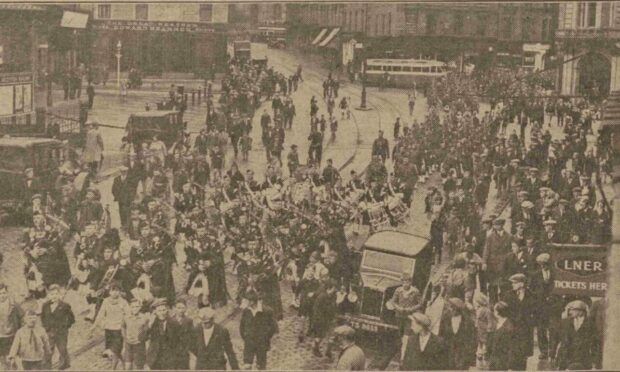

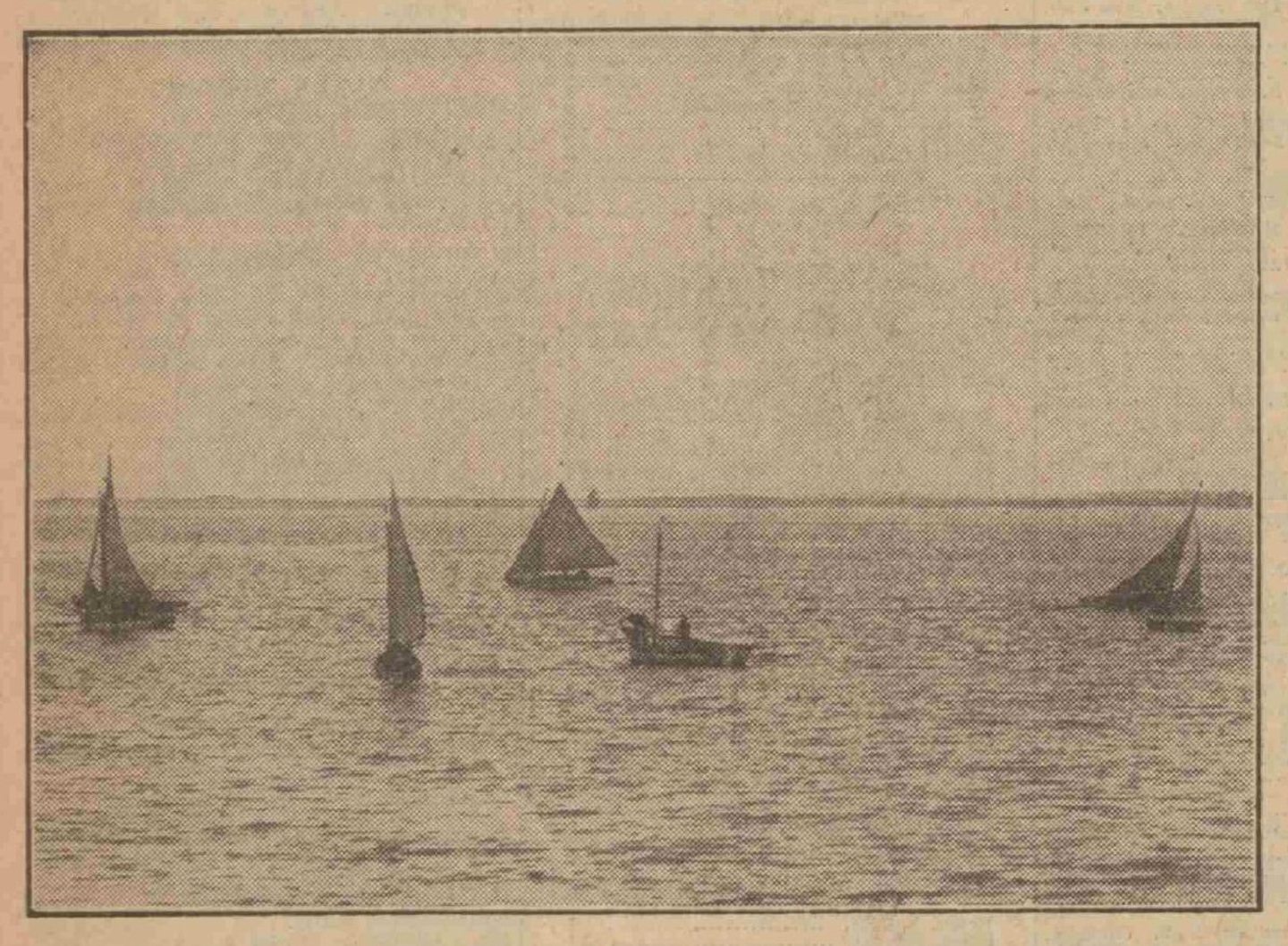

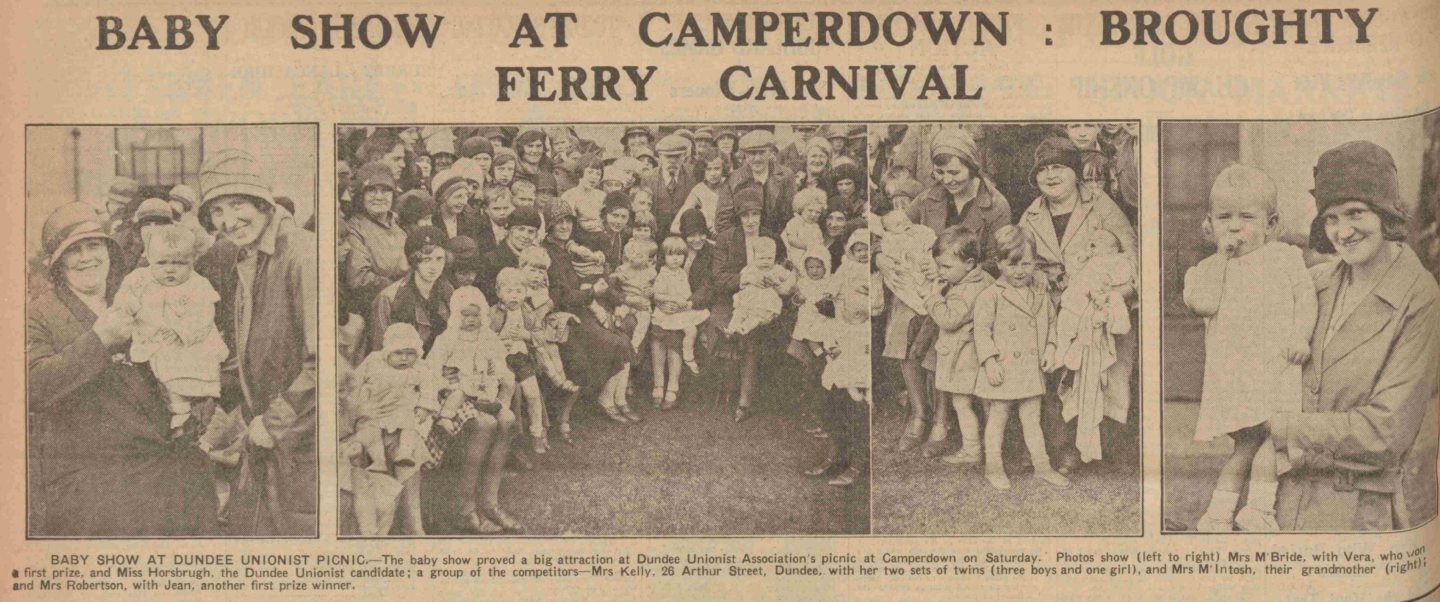
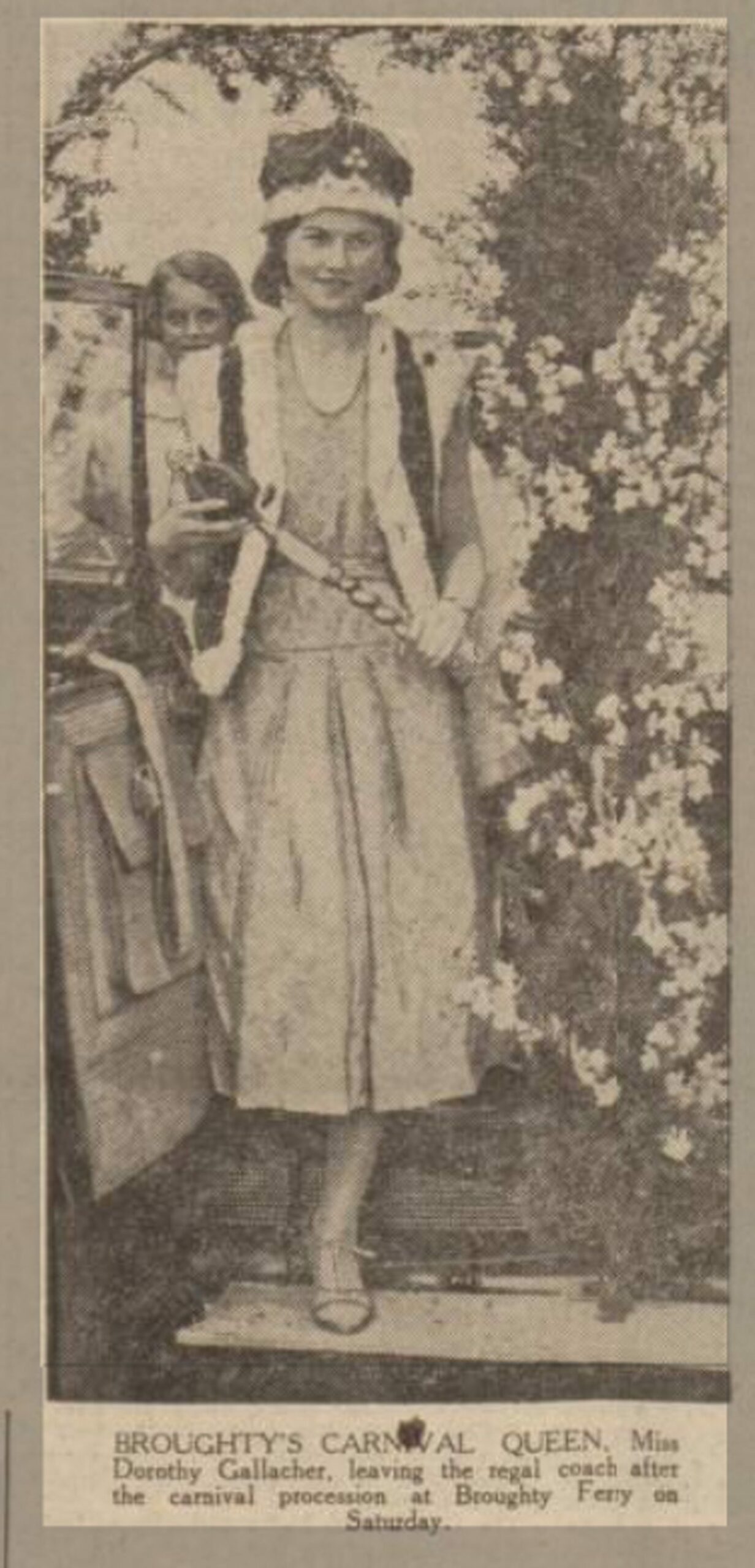

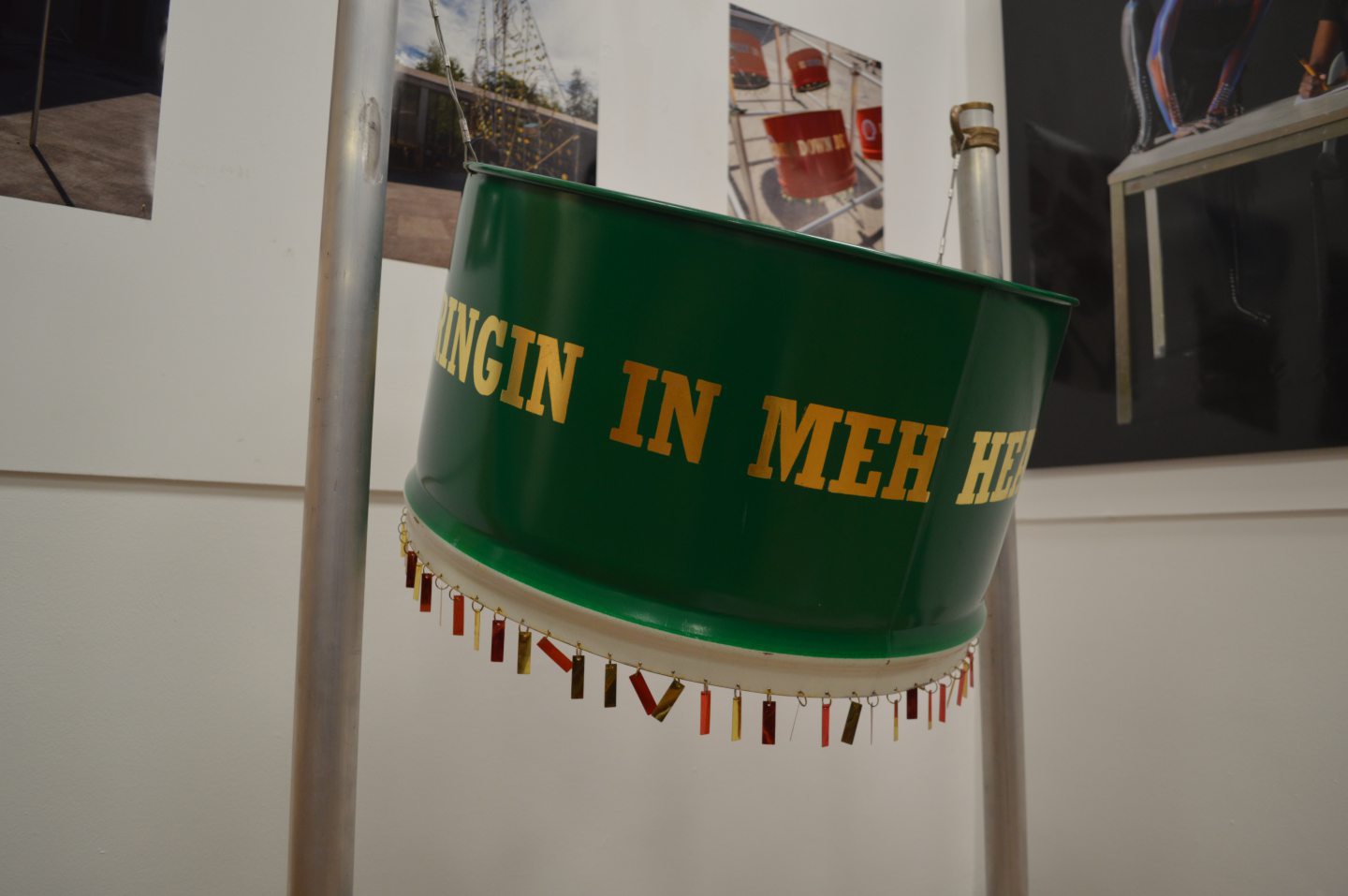






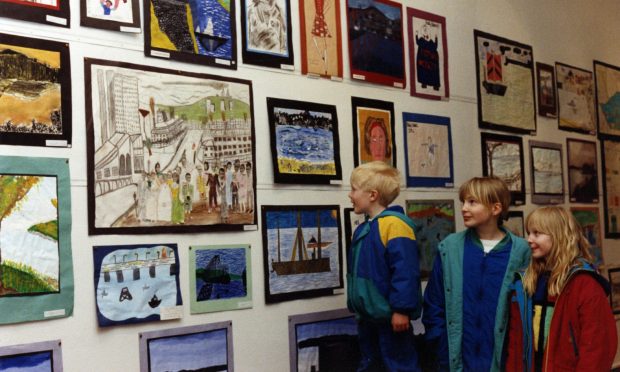
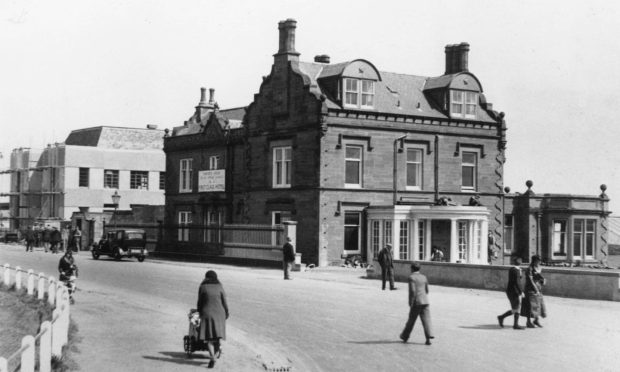
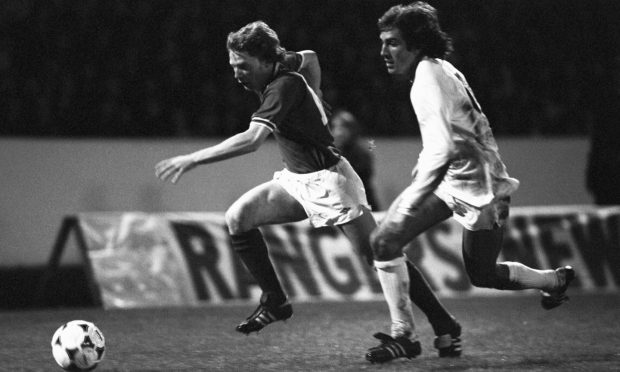

Conversation